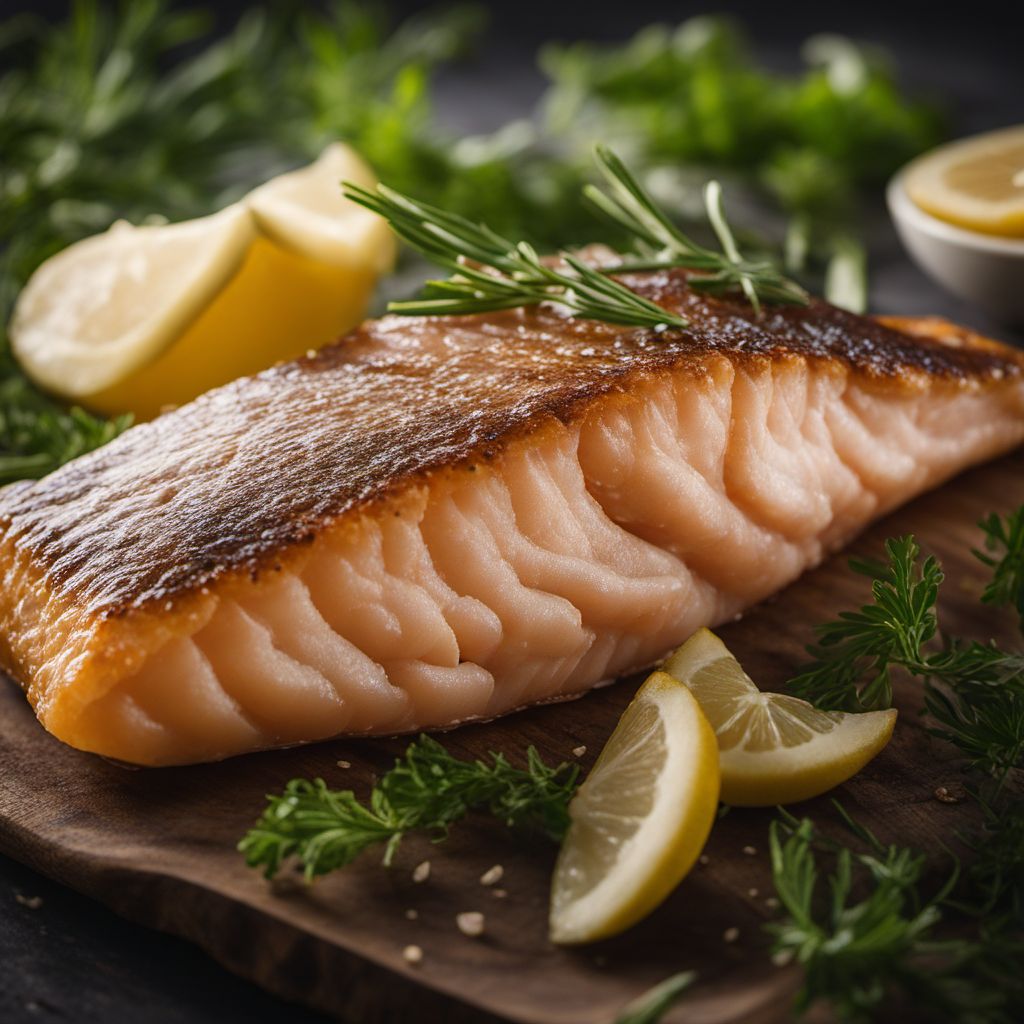
Ingredient
Alaska pollock
The Versatile Delight: Alaska Pollock
Alaska Pollock is a species of whitefish that belongs to the cod family. It has a lean, flaky flesh that is prized for its mild flavor and delicate texture. The fillets are typically off-white in color and have a slightly sweet taste. Its texture is firm yet tender, making it suitable for a wide range of cooking methods such as baking, frying, grilling, or poaching. Alaska Pollock is known for its ability to absorb flavors, making it a popular choice for incorporating into various dishes.
Origins and history
Alaska Pollock is native to the northern Pacific Ocean, particularly the waters of Alaska. It has been a staple food source for indigenous communities in the region for centuries. Commercial fishing of Alaska Pollock began in the early 20th century, and it quickly gained popularity due to its abundance and affordability. Today, Alaska Pollock is one of the most harvested fish species in the world.
Nutritional information
Alaska Pollock is a nutritious ingredient, rich in high-quality protein, low in fat, and a good source of essential omega-3 fatty acids. A 3-ounce serving of cooked Alaska Pollock provides approximately 80 calories, 18 grams of protein, and 1 gram of fat.
Allergens
Alaska Pollock is generally considered safe for most individuals and is not a common allergen. However, individuals with fish allergies should exercise caution and consult with a healthcare professional before consuming.
How to select
When selecting Alaska Pollock, look for fillets that are firm, moist, and have a fresh, mild aroma. Avoid fillets with any signs of discoloration, dryness, or strong fishy odor. If purchasing frozen Alaska Pollock, ensure that the packaging is intact and free from ice crystals, which may indicate thawing and refreezing.
Storage recommendations
To maintain the freshness and quality of Alaska Pollock, it is best to store it in the refrigerator at a temperature of 32°F to 38°F (0°C to 3°C). Keep the fillets wrapped in moisture-proof packaging or place them in an airtight container to prevent exposure to air and moisture. Consume within 1-2 days for optimal taste and texture.
How to produce
Alaska Pollock is primarily commercially harvested through fishing methods such as trawling or longlining. It requires specialized equipment and expertise to catch and process the fish on a large scale. However, for individuals interested in small-scale production, it is possible to raise Alaska Pollock in aquaculture systems with proper facilities and knowledge.
Preparation tips
Alaska Pollock can be prepared in various ways, such as baking, frying, grilling, or poaching. For baking, season the fillets with herbs, spices, or a marinade of your choice, and cook in a preheated oven at 400°F (200°C) for about 10-15 minutes or until the fish flakes easily with a fork. When frying, coat the fillets in a light batter or breadcrumbs and fry in hot oil until golden brown and crispy. Grilling or poaching are also excellent methods to retain the delicate flavor and texture of Alaska Pollock. It is important not to overcook the fish to prevent it from becoming dry.
Culinary uses
Alaska Pollock is widely used in various culinary applications. It is commonly used to make fish and chips, fish tacos, fish burgers, fish stews, and seafood soups. The mild flavor of Alaska Pollock allows it to blend well with different seasonings and sauces, making it a versatile ingredient in both Asian and Western cuisines.
Availability
Alaska Pollock is commonly available in regions where seafood is popular, including North America, Europe, and Asia. It is also exported to other countries around the world.
More ingredients from this category
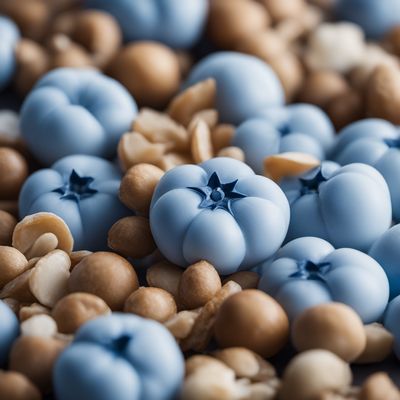
Blue whitings
The Ocean's Silver Delight

Norway pout
The Silvery Delight: Exploring the Culinary Wonders of Norway Pout

Grenadiers
Exquisite Ocean Gems
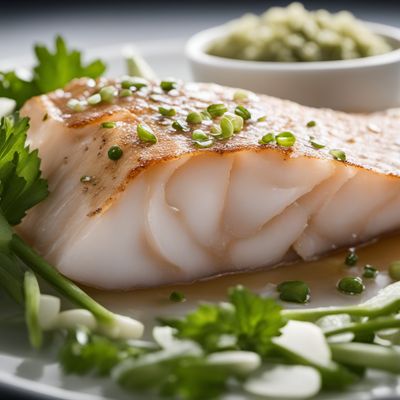
Haddock
The Versatile White Fish

Whiting
The Delicate White Fish
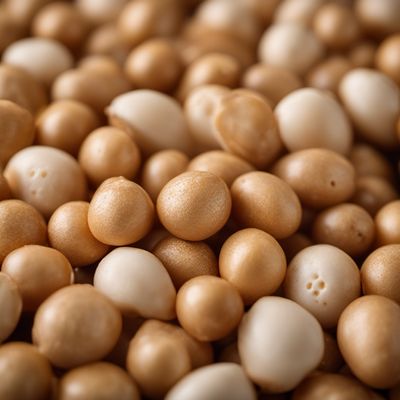
Cod
The Versatile Delight
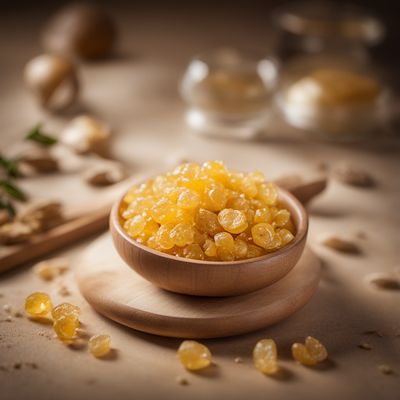
Hakes
The Versatile Hake

Pollack, pollock
Versatile White Fish

Ling
The Delicate Delight

Tusk
"The Ivory of the Sea: Exploring the Delicate Flavor of Tusk"


